Some of the best-preserved Roman ruins can be found outside of Rome, and the region of Provence in southern France is a great place to experience the impact and impressiveness that was the Roman Empire. From Arles to Orange, the Romans left their mark throughout the region in the form of arches, aqueducts, arenas and more, many of which still stand in all of their Roman glory for visitors to enjoy today. In fact, the name Provence comes from the region’s status as the first Roman province when it was known as Provincia Romana or Provincia Nostra. Nîmes was the capital of the region under the Emperor Augustus, hence many architectural projects flourished throughout the city. It turned to be one of my favorite cities in Provence and here are some top Roman-inspired sights to see when visiting Nîmes.
1. Arènes de Nîmes
Perhaps the most incredible site in Nîmes is its arena. Built around 100 A.D. shortly after the Colosseum in Rome, it’s one of the best-preserved amphitheaters from the Roman empire, especially impressive since it’s still used for concerts, bull fights and other events today. While may be half size of its older sister in Rome, the Arènes de Nîmes was among the largest with seating for up to 24,000 spectators. Standing two levels tall, its shape is a perfectly symmetrical ellipse without a bad seat in the house. During its heyday, the arena (which means “sand” in Latin – good for soaking up blood from its floor) played host to animal events in the morning, public executions in the mid-day and gladiator fights in the evening. This type of fighting was a respected profession for money and glory, not a fight to the death as popularly believed. Visitors can take in different vantage points from the seating area, explore its galleries and even climb to the top for city views. Guided tours are offered in the summer months and a free audio guide features a fictional story narrating what it would have been like to attend an event. And if you’re planning on visiting some of the other major sites in Nîmes, the Pass Romanité is a good value.
2. Musée de la Romanité
This impressive museum takes visitors on a journey back more than 2,000 years to tell the story of the city of Nîmes. Located across from the Arènes de Nîmes, the building itself is a work of art, designed to look like the folds of a Roman toga, and also features a free archaeological garden and rooftop garden with some pretty remarkable views. With its state-of-the-art exhibits and a collection of 5,000 well-presented items, the Musée de la Romanité offers a deep dive into the architecture and objects that shaped this once important Roman city. One of my favorite sections of the museum was a room with side-by-side cork models that show the size and scale of several iconic Roman site including the Arènes de Nîmes, Maison Carrée and Pont du Gard as well as the Colosseum and Pantheon in Rome.
3. Maison Carrée
Along with the Pantheon in Rome, this so-called “square house” is one of the best-preserved Roman temples in the world (notice a common theme here?). It’s actually not square at all as it’s almost twice as long as it is wide. However, in ancient Roman times a word for rectangle did not exist, rather the shape was referred to as a “long square”. The temple is richly decorated in the classical style with a series of Corinthian columns adoring its portico. The Maison Carrée sits perfectly in the middle of the historic center of Nîmes and has been in constant use since it’s construction, with functions ranging from temple to church, government building to art gallery and more.
4. Castellum Aquae
Tucked away on a quiet street near the Université de Nîmes side street is this terminus point of the aqueduct that once delivered water to Nîmes from its source, a spring near Uzès more than 30 miles away. Nearly 90 million gallons of water a day fed the art of Roman living, aka villas, baths and public fountains, and later a thriving textile industry in the 18th and 19th centuries (fun fact, the word denim comes from a particular sturdy, cotton-based fabric that used to be produced in the city called Serge de Nîmes). Today all that remains of the Castellum Aquae is the stone basin where a water tower once stood, but what is still visible are the holes where a series of 10 lead pipes were connected to supply water to different parts of Nîmes.
5. Jardin de la Fontaine
What makes the Jardin de la Fontaine notable is that it was the first public garden in Europe, which was built in the 18th century on the site of an ancient Roman spring called La Source. It’s a lovely place to stroll among the sculptures, fountains and series of canals surrounded by lush greenery. Adjacent to the main fountain are the ruins of the 1st century Temple of Diana (the original purpose of this temple remains a mystery) and further north in the park is the Tour Mange, an ancient Roman tower once part of the city’s outer fortifications that rewards visitors to who make the 140-step climb to the top with sweeping panoramic views.
Get the information in this article on-the-go with the GPSmyCity app! Click here for more details.

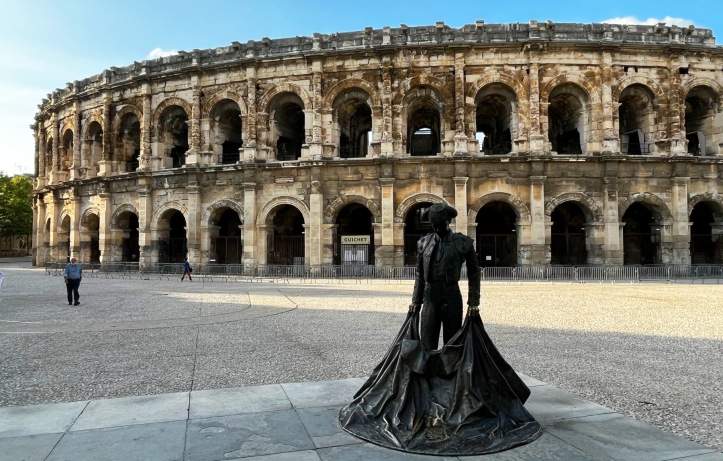
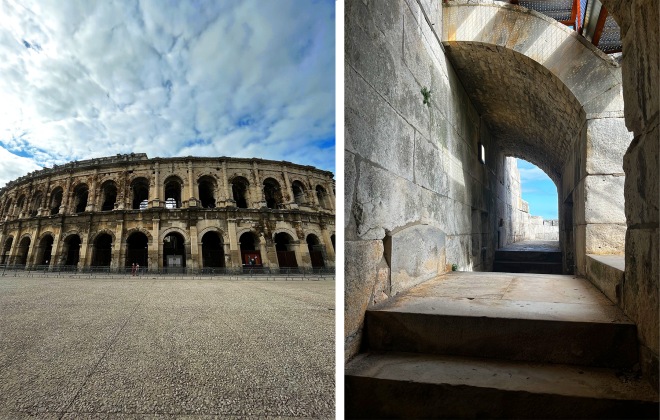
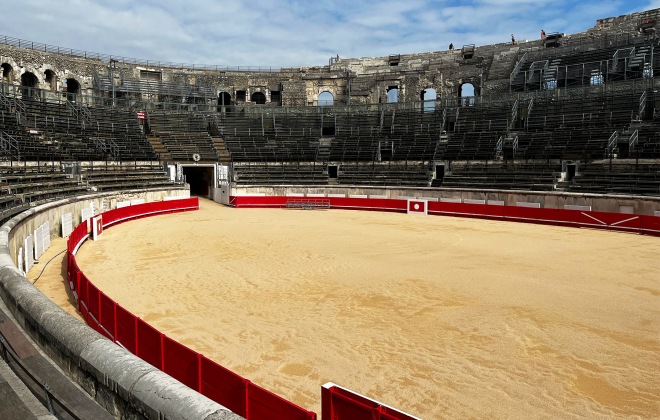
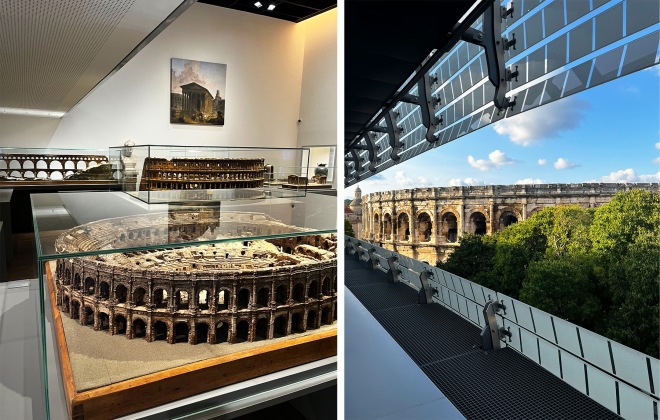
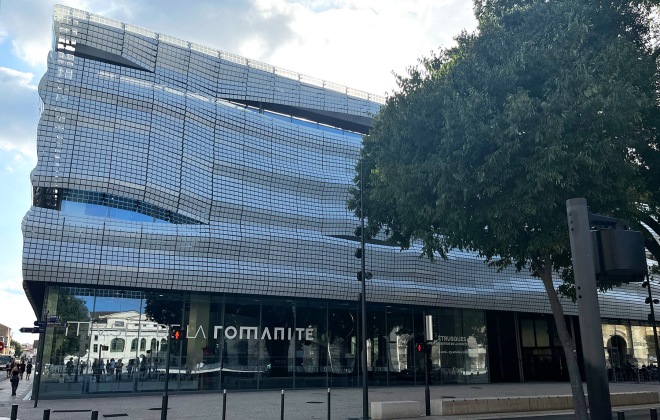
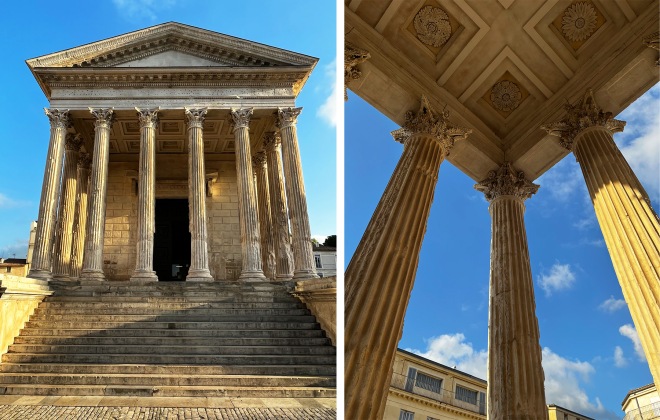
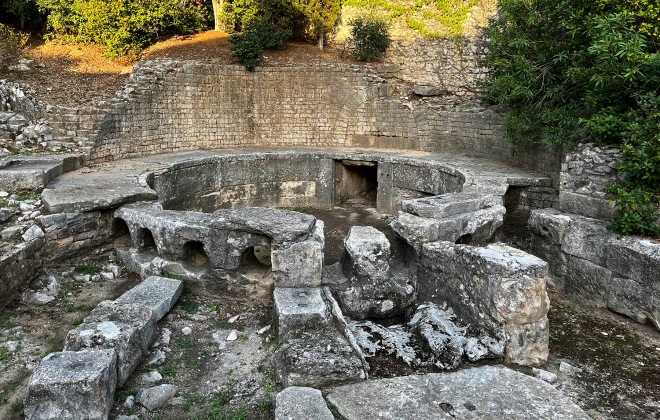
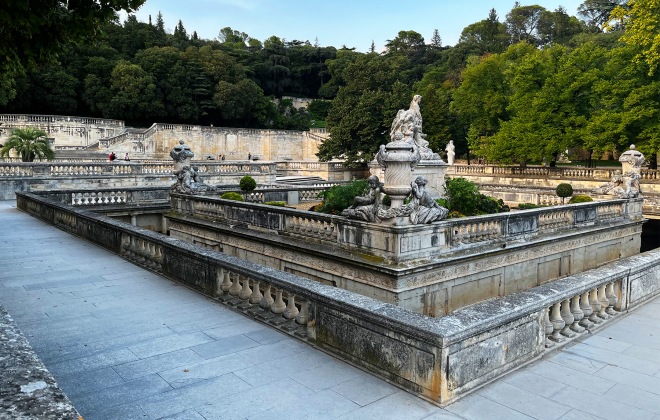
[…] pure genius. With all of this incredible knowledge and awe we headed to our next destination, Nîmes, to continue tracing the journey of this all important aqueduct and the water it once […]
LikeLike